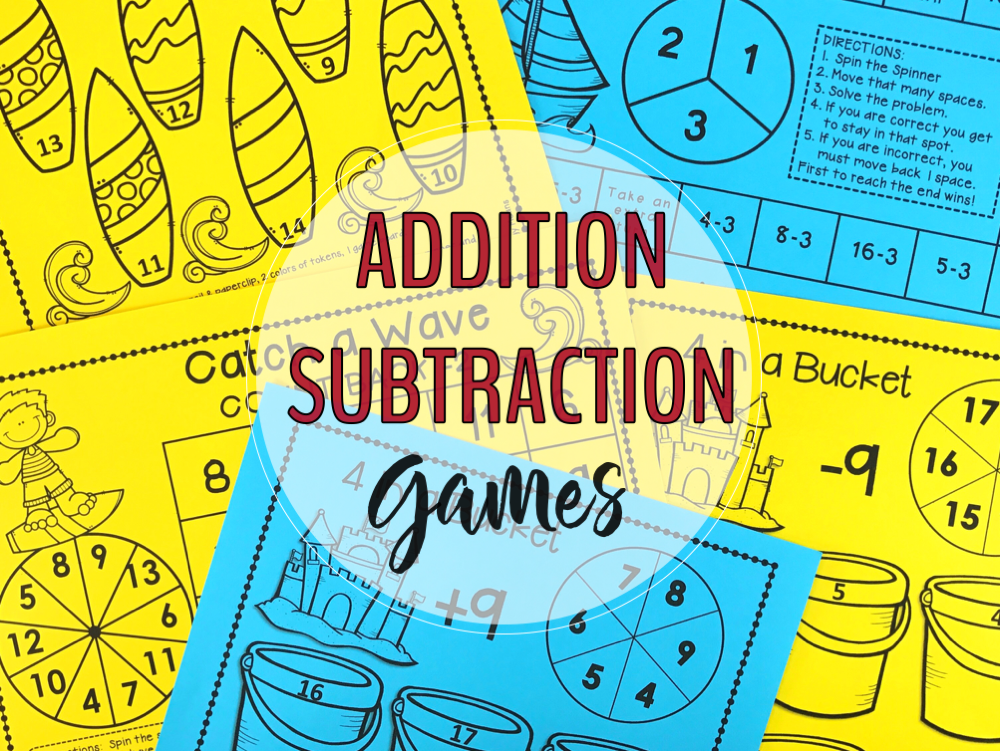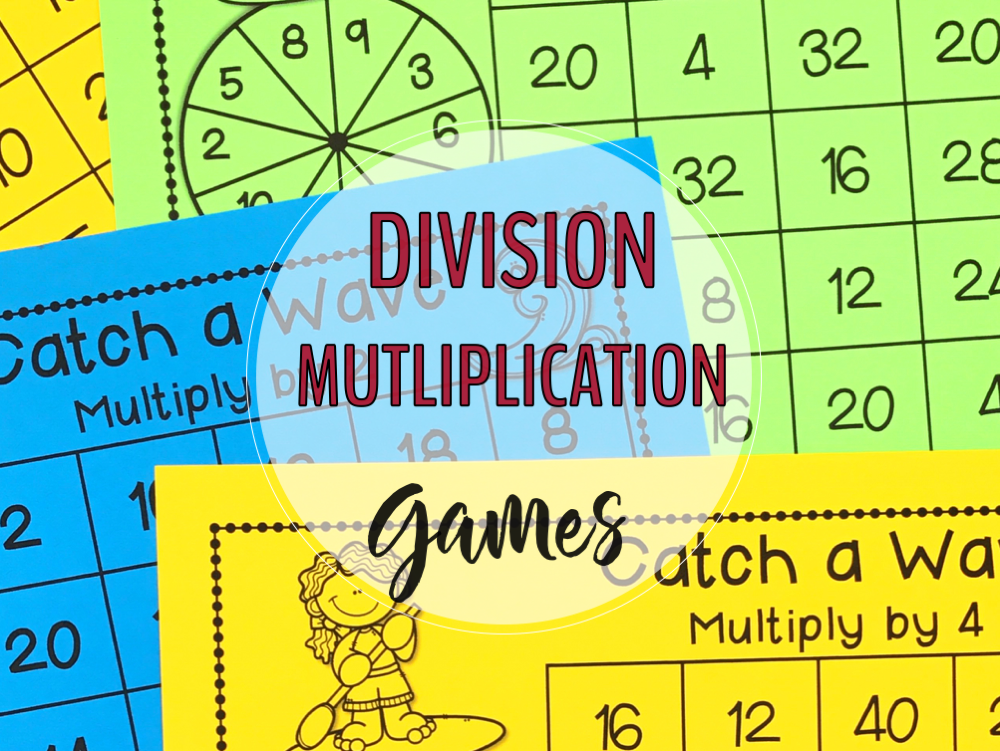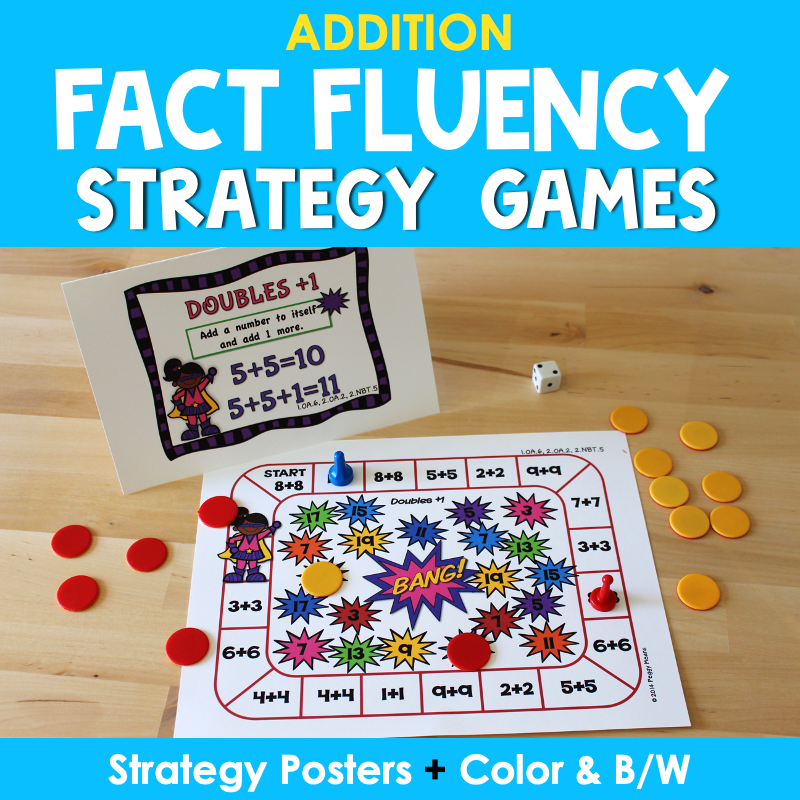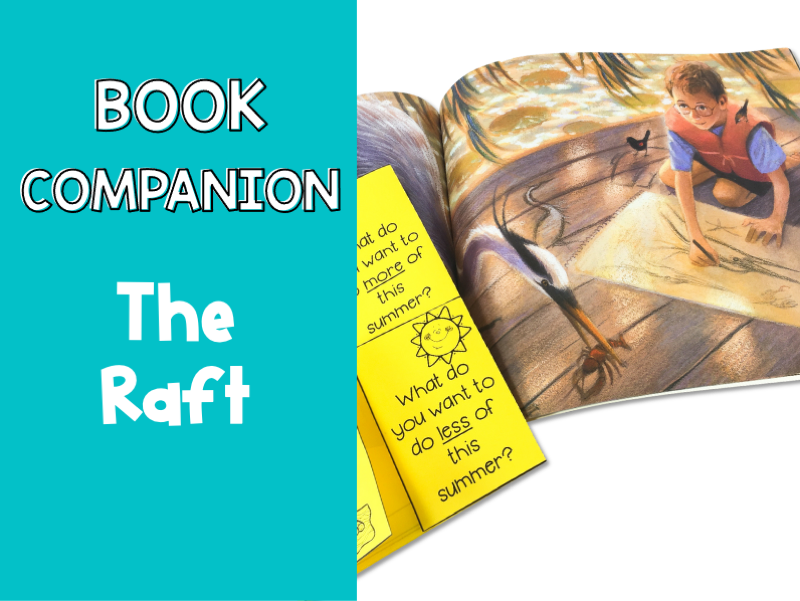
The Raft is a beautiful story of a boy's summer with his grandmother…on a river…on a raft.
The story opens with Nicky and his father leaving the city with Nicky complaining about having to spend the summer with his grandmother, who “doesn't even have a TV”.
This is such a rich story! My main purpose in reading it to students this time of year is to help them connect with Nicky and be inspired to make choices for their summer that will get them outside – away from technology.
BEFORE READING:
Predictions
Ask leading questions:
- What do you predict the story will be about?
- What clues on the cover make you think that?
- Why do you think the author titled it ‘The Raft'?
I have a FREE book companion (DOWNLOAD LINK BELOW) that contains a graphic organizer to record student observations. This works well as a group activity as well as an individual activity.
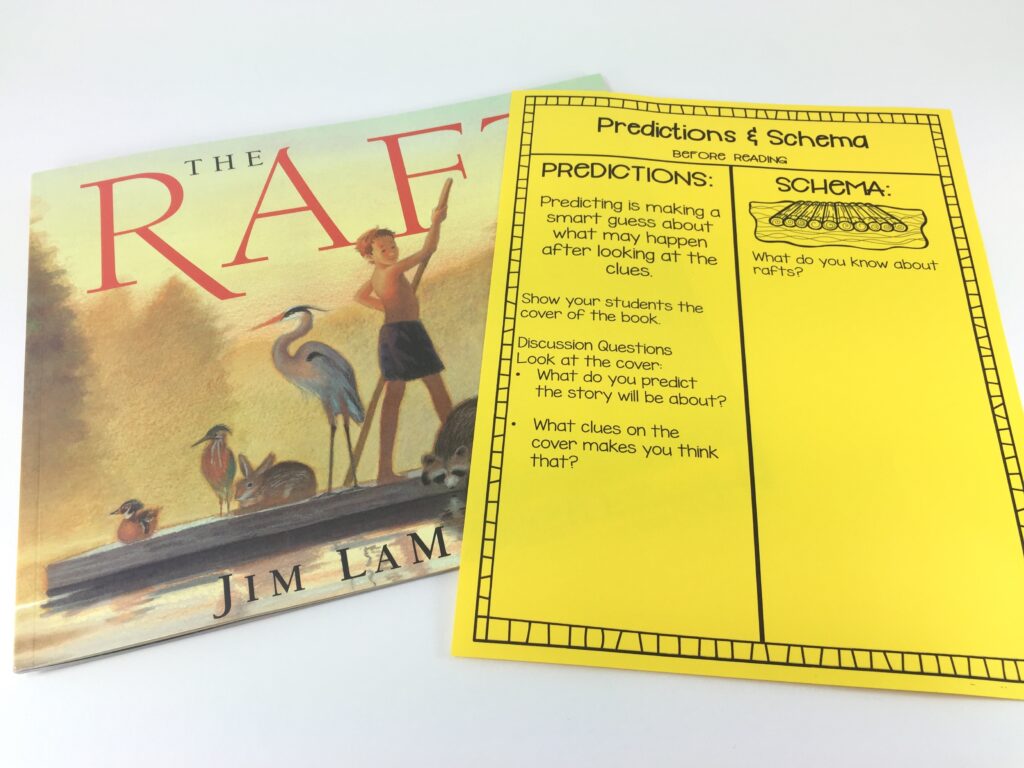
Schema
- What do you know about rafts?
- You might want to use the ‘Predictions & Schema' page from the (free) book companion.
DURING READING:
Connections
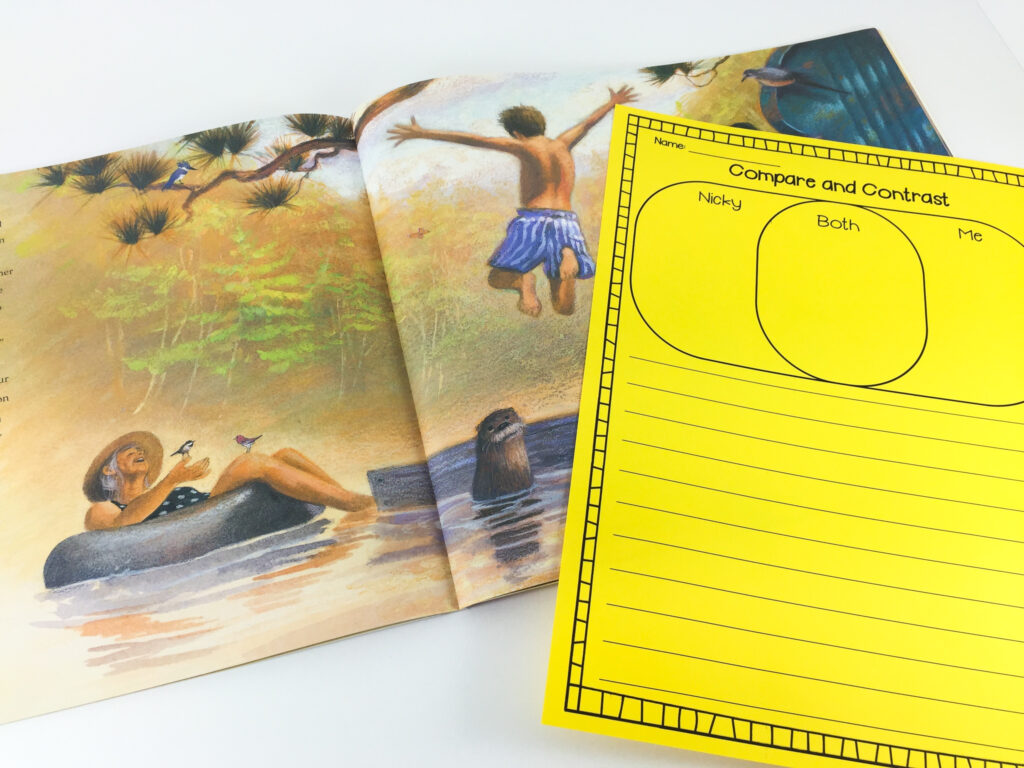
This ‘Compare and Contrast' Venn diagram makes a convenient place for your students to record their thoughts.
There is also room for them to further explore and wring about the connections with Nicky they are making.
Reflections
As the story continues, Nicky begins to change.
Encourage discussion with your students about what changes they notice in him as the summer progresses.
I have included a T-chart for you to record the students' observations. This chart will be used later when the students form opinions on why they think Nicky changed through the summer.
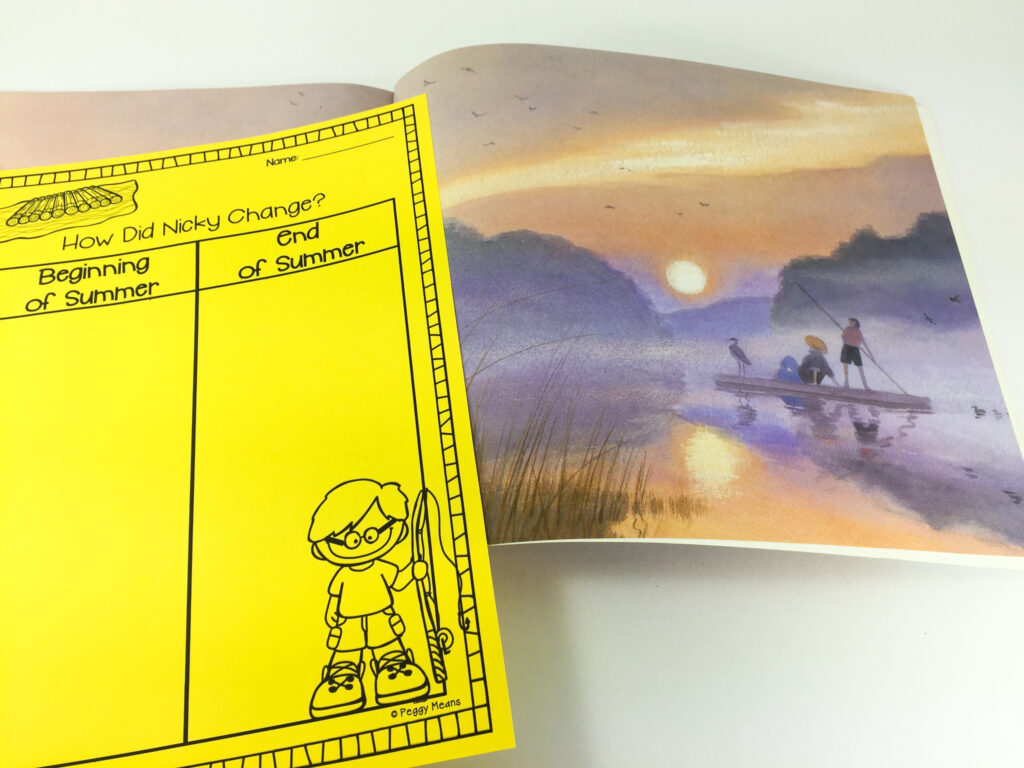
Beginning of Summer:
- Nicky doesn't want to spend the summer with his grandma.
- He wants to watch TV all summer.
- He is upset about doing chores.
End of Summer:
- He enjoys being with his grandma.
- Enjoys nature and the outdoors.
- He learns to draw.
- He becomes a ‘river rat'.
- He is sad to leave.
AFTER READING:
Opinions
Students love to make and share their opinions, don't they? Well then, so do I. 🙂
Pose the question: “Why do you think Nicky changed?”
As students give reasons, ask them to support those reasons with evidence from the text.

Reflections & Goals
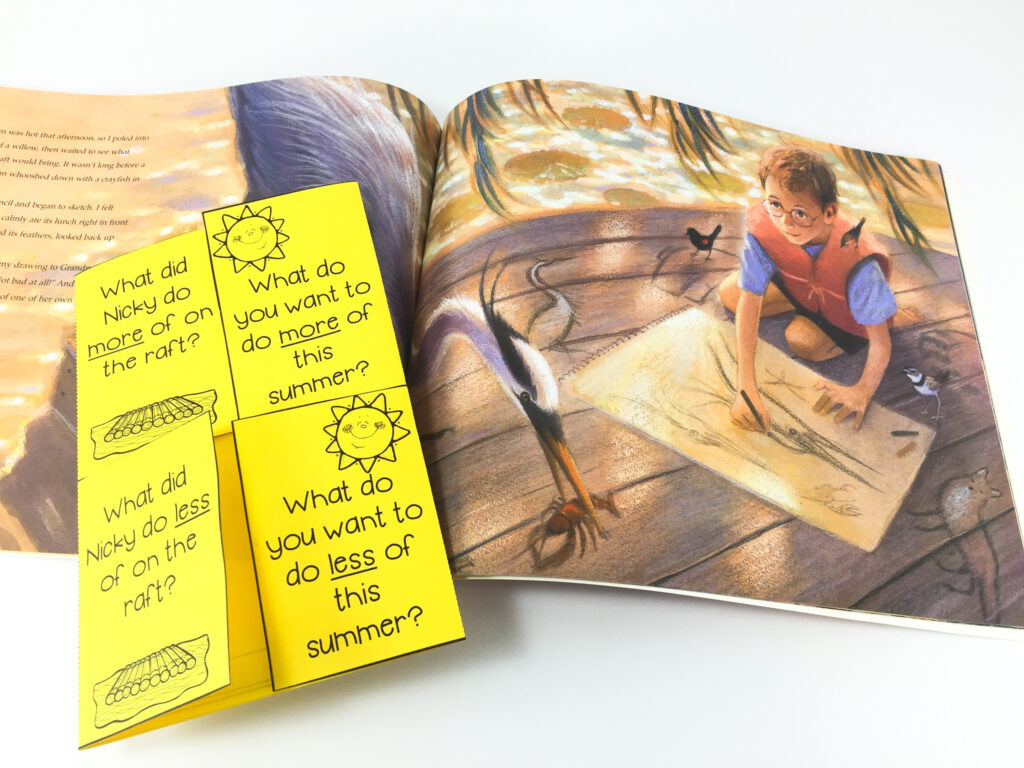
As a final activity (and the most important) the kids are going to make plans for their summers, reflecting on what they want to do ‘less' of, and what they would like to do ‘more' of. I created this fun flap book so your students will have a place to record their goals.
I love to send my students off to their summers, hoping that they will apply what they learned from Nicky – unplug from technology and get outside and enjoy nature!

 My name is Peggy Means. I am a child of God and a retired elementary teacher. I loved teaching and creating engaging resources for my students. Now, I love sharing my resources and ideas with busy teachers around the world.
My name is Peggy Means. I am a child of God and a retired elementary teacher. I loved teaching and creating engaging resources for my students. Now, I love sharing my resources and ideas with busy teachers around the world.